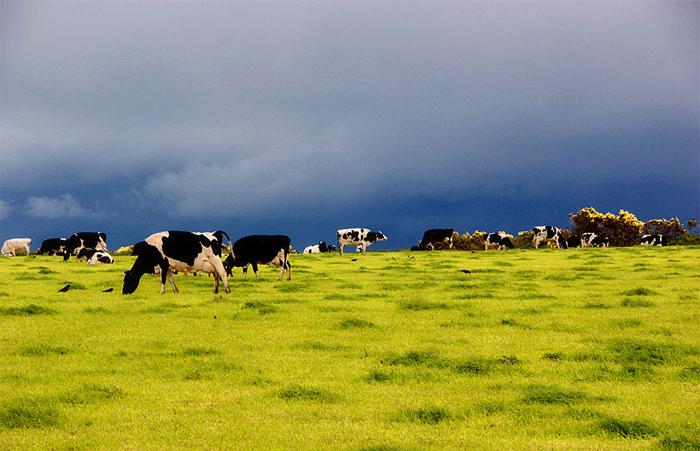
Ireland’s programme to eradicate BVD from the cattle industry has received a positive response from the country’s livestock markets.
Following a voluntary programme in 2012, legislation was brought in to require testing of all calves born in the Republic of Ireland on or after 1st January 2013 and a ban on sale of calves with positive results.
Michael Lynch, CEO of Kilkenny Mart, said there was some initial opposition to the scheme from farmers, but most of his customers had now come round to accept the programme as a positive benefit.
“Some people thought it was going to be a hardship, and there was a bit of reluctance which you would always expect with a new regulation. But the programme has gone very smoothly and I can’t recall one instance of an animal being rejected,” he said.
“There was a voluntary phase for the programme last year and some of the more progressive farmers would have taken part in this. Now it is compulsory and all the animals that come in show up in our system.
“I would think from everybody’s point of view it’s a good thing. Most people can see the positives. From a buyers perspective it is a major confidence boost,” he said.
Martin McNamara, Manager at Ennis Mart, County Clare, said the scheme was proving to be very easy to operate from the mart’s point of view, and generally had a good reception from the market’s customers.
“Quite a number of the animals had been certificated on a voluntary scheme in the previous year, which gave a good start. But the main point I’d say is that it is an easy scheme to operate which means a high rate of compliance,” he said.
“It is a three year programme and I suppose it will take two years before we see a result,” he said.
Prior to the scheme being launched, Animal Health Ireland commissioned the Scottish Agricultural College to carry out a cost assessment. It was estimated that BVD was costing the cattle industry 102m euros annually.
Eugene Smyth, Category Manager at Novartis Animal Health, said the livestock markets were a good sounding board for the efficacy of the programme because they were directly involved in its implementation and dealt with cattle farmers on a personal basis.
“The eradication programme seems to be running well so far, and one of its major attributes is that it is relatively simple to administer. Over time we will see a reduction in the number of PI (persistently infected) animals in the national herd which will have a net effect of boosting income within the cattle industry,” he said.
“Removal of PI animals from individual farms is a key tactic in the eradication of BVD and needs to be accompanied by vaccination with Bovidec BVD and good biosecurity to help prevent BVD re-entering the herd,” he said.
